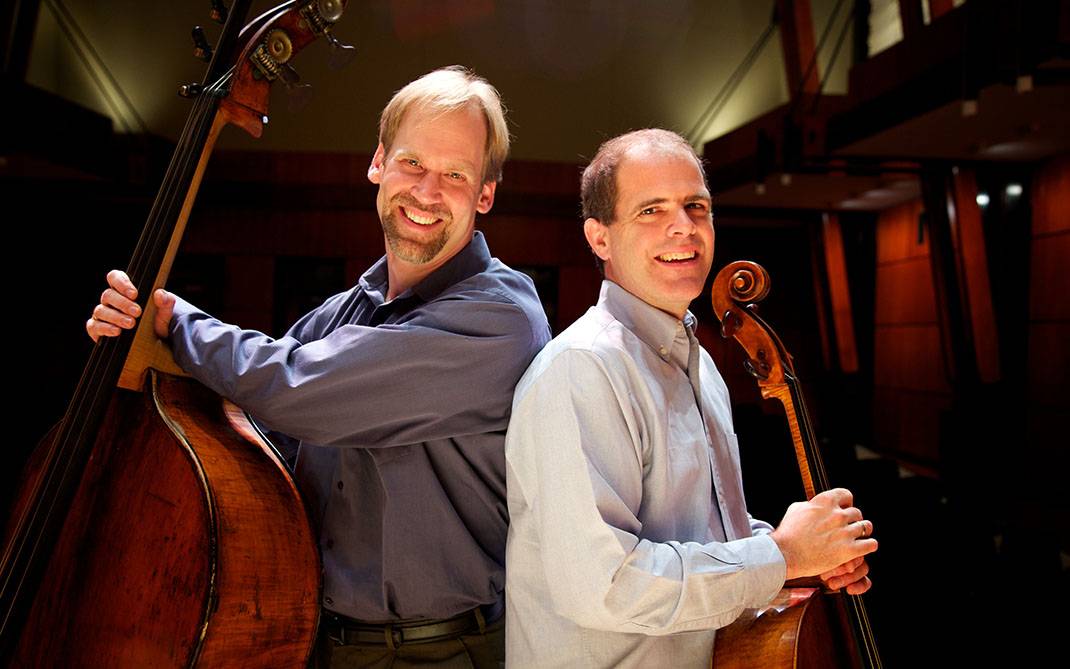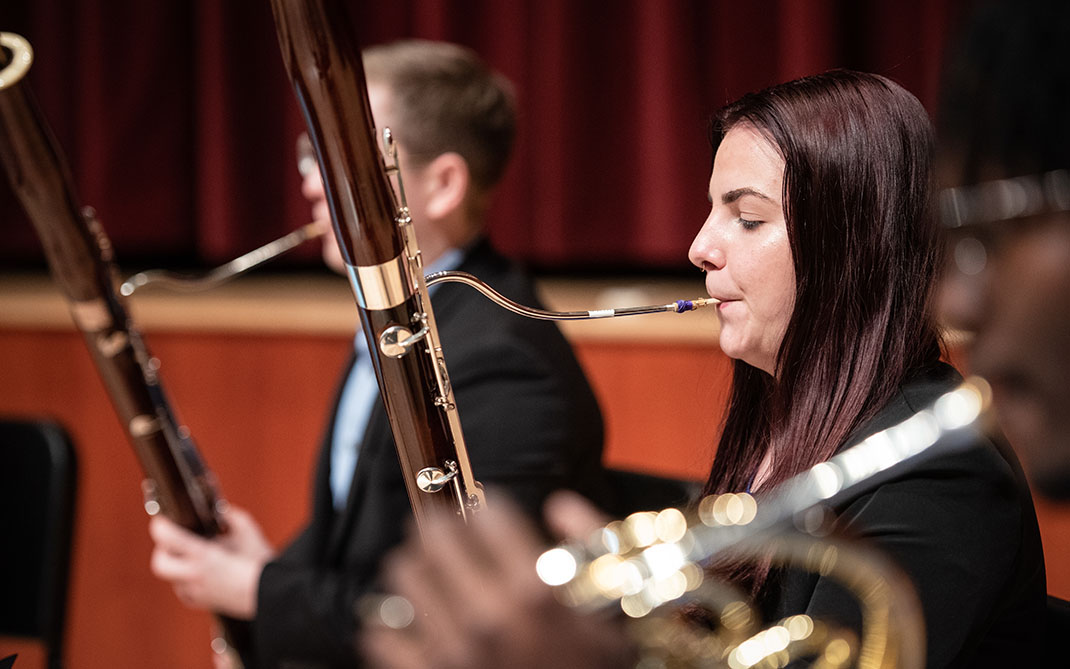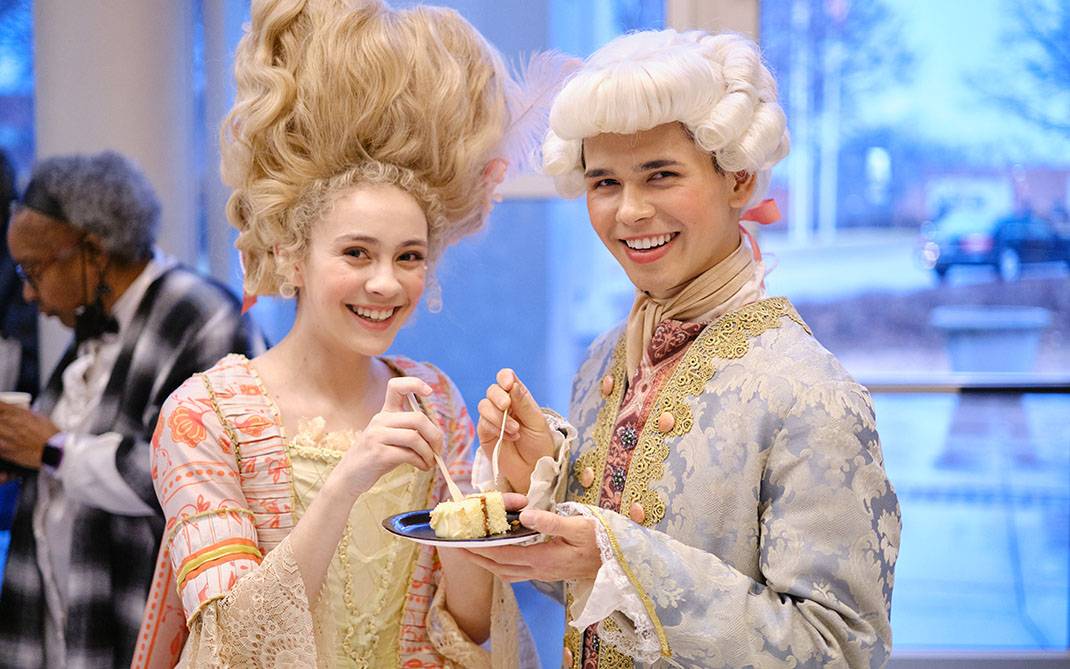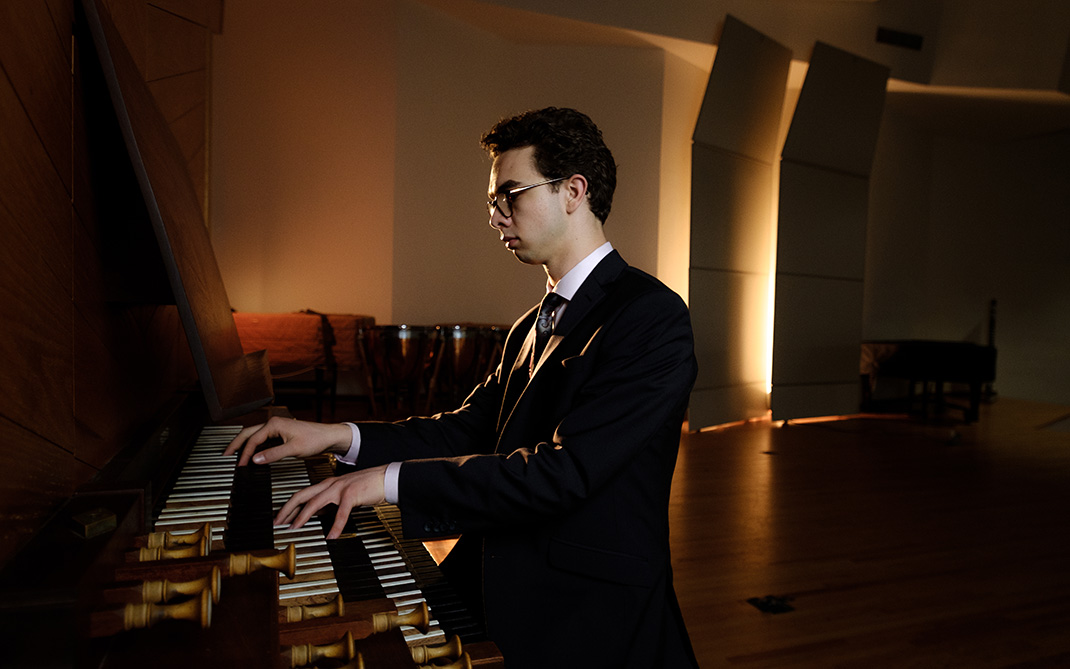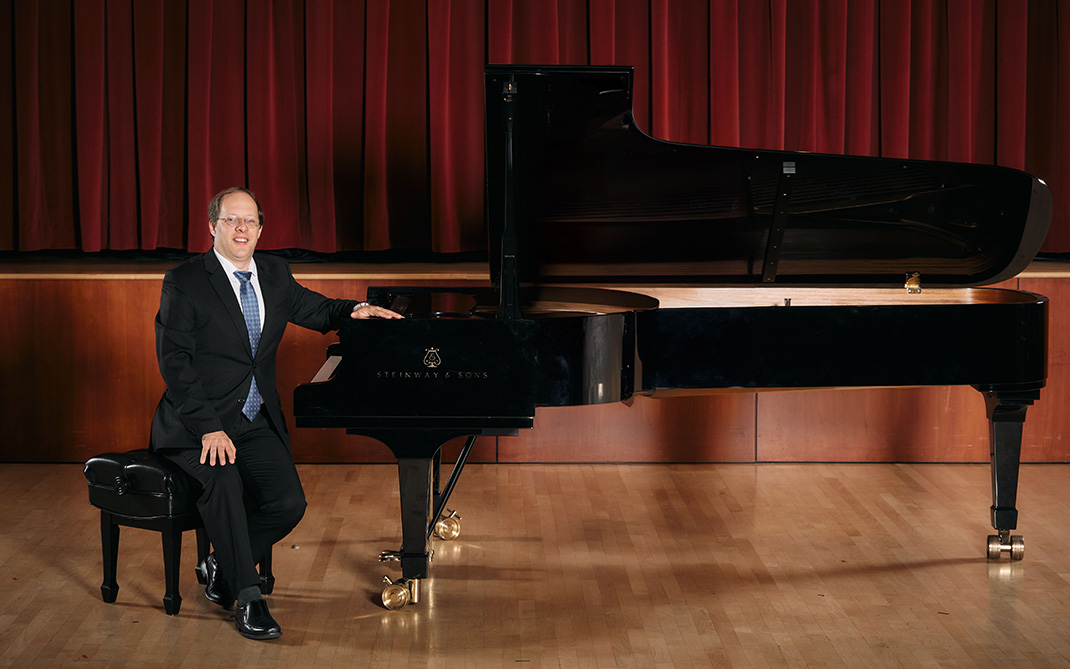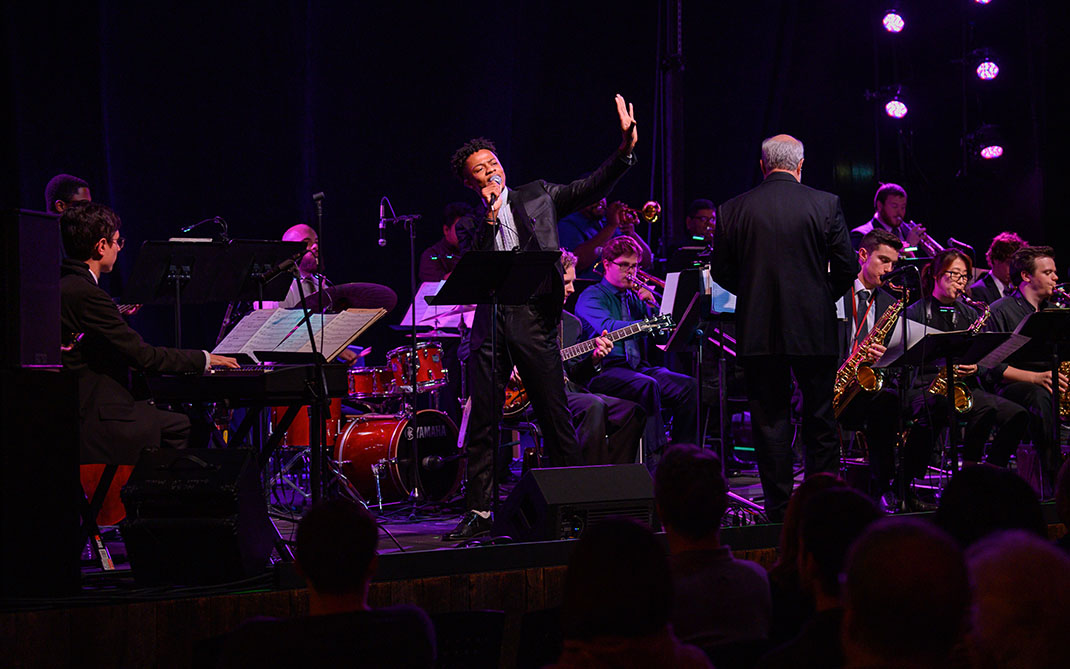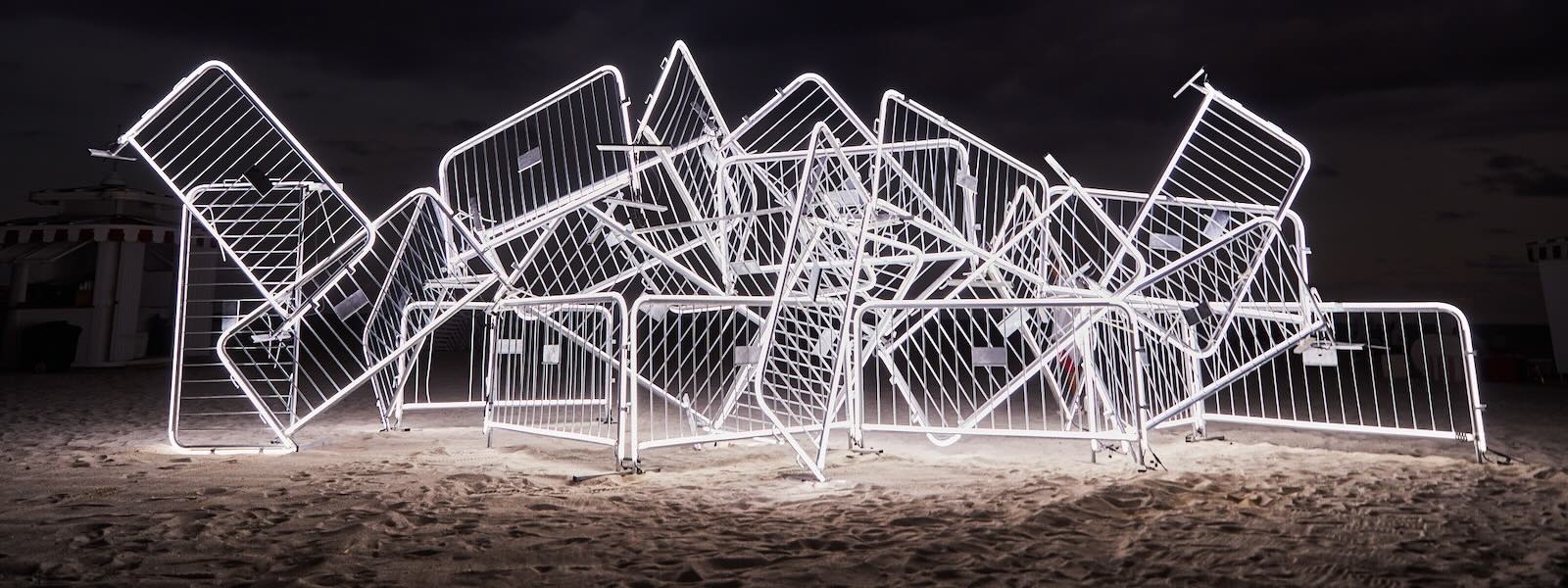Antonia Wright
The views and opinions expressed by speakers and presenters in connection with Art Restart are their own, and not an endorsement by the Thomas S. Kenan Institute for the Arts and the UNC School of the Arts. This interview has been edited for length and clarity.
Antonia Wright is an award-winning Cuban American multimedia artist based in Miami, FL, whose work has been exhibited all over the world, from the Hirschhorn Museum and Sculpture Garden in Washington, D.C., and the Pérez Art Museum in her hometown to the Havana Biennial and the Faena Arts Center in Buenos Aires. The focus of her work tends to be the human body and how it responds to extremes of emotion, control and violence promulgated by systems of power, and in the past, she has often used her own body — often in startling and violent ways — to illustrate her themes.
Her tools are varied, including video, photography, light and sculpture, and are constantly evolving. In 2021 she transformed a cement mixer into a giant musical instrument for her project “Not Yet Paved,” and recently she has been creating site-specific installations with the kinds of barricades that have long been used as methods of crowd control at protests the world over.
Her interest in examining the autonomy — and lack thereof — of the human body, particularly the female body, extends to her personal life. She has long been an advocate and activist for reproductive rights and serves on the board of Planned Parenthood of South, East and North Florida.
Art Restart was eager to speak with Antonia soon after Florida banned abortion after six weeks of gestation. We wanted to hear how a changemaking artist continued or recommitted to her work when the sociopolitical winds around her shifted dramatically. In this interview she explains how she’s long channeled her anger into her practice and describes how she remains committed to the curiosity and fearlessness that initially launched her from poetry into performance and installation art.
Choose a question below to begin exploring the interview:
- Can you describe the piece that you created a few months after Roe v. Wade was overturned?
- Given the effort and time you’ve put into your art and also through your volunteering towards women’s reproductive rights, how are you doing?
- Some of your funding comes from municipalities or foundations. When political or societal winds shift, does that make you more vulnerable than, say, a studio painter who largely sells her work to collectors?
- You started out as a poet … and gradually became someone who creates work out and for the public, often in collaboration. Can you describe that journey?
- What piece along that journey proved to have the most salient lessons for you as you were developing your craft?
- You have to research your materials and your process. What do you particularly love about that? And what have you learned about your own capacities through that kind of research?
- Can you think of any current systems that could really be reexamined or reshaped so that you and performance artists like you would find it much easier to bring their art to the public?
- You talked about how you like to put rage into your work, but is there a way you take care of yourself through that?
- Thinking back to when you first started diving into performance art, if you could go back and whisper something in Antonia’s ear at that point, what do you think might’ve been most useful?
- Can you talk about an upcoming project, maybe a project that’s in the research phase at this point?
Pier Carlo Talenti: I’d love to start by having you describe the piece that you created a few months after Roe v. Wade was overturned.
Antonia Wright: Sure. “I Came to See the Damage That Was Done and the Treasures That Prevail” was a solo show that I made in 2022 as a reaction to the overturning of Roe v. Wade. The whole show was a protest against the reproductive-rights crisis in our country, and every piece in there talked about the reproductive body. I showed it at Spinello Projects, which is the gallery that represents me.
One of the main pieces in this show was an algorithm that I wrote. It was a code called “State of Labor.” In this code, I took all the data for how far people had to travel to get an abortion before Roe was overturned and then the increase in mileage a person had to travel after Roe was overturned. I partnered with the Guttmacher Institute, which is the leading center on abortion data in the world, and I got all this data by state. The code shows the increase in mileage by state that a person now has to travel to get an abortion with the overturning of Roe.
I wrote this code. It’s called a data sonification; it sonifies this data. The sounds that I use in this installation were collected with a midwife. I partnered with a midwife — she was my midwife actually — and she recorded all of the sounds of her patients in childbirth. I made a contract, and I told her my idea. Then at some point in working with — I say women, but I include women, trans and nonbinary people with this term — sometime in working with one of her patients, she’ll tell them, “I’m working with an artist, and she wants some of your audio when you’re in active childbirth. Would this be OK? There’s no visual, there’s no video, and it’s all anonymous.” If the person says yes, they sign this contract, and then I’ll wake up in the morning and I’ll get an email that says, “New baby.” Then I’ll download the audio.
What I do is I edit it into two different categories. Childbirth is this very long experience, and people make all different kinds of sounds. There’s two different kinds of sounds people make. One is the softer sounds that people make between contractions, and that sounds a lot like breathing. Sometimes people sing. Sometimes it sounds like lovemaking. But then when the contraction comes, that’s the full-on most painful part of childbirth. I edit all the sounds into two categories, and then what I do is I attach the softer audio to the mileage that people used to drive pre-Roe. Then I attach all the audio of the intense, full-on labor sound to the increase in mileage.
So, to give you an example, in Florida, we used to have very unrestricted abortion policies. We had up-to-fetal viability in Florida because we have strict privacy rights in our constitution. We used to be able to drive on average 13 miles to get abortion care in the state. Now this number has increased to 583 miles, which is North Carolina.
Pier Carlo: So this is really as of two and a half weeks ago?
Antonia: Well, no. Actually, it was timestamped 2022 because even back then we had a 15-week abortion ban. They changed our laws. And yeah, it’s changing every day as well. But now it’s still the same. You still have to travel 583 miles to get an abortion after six weeks, and before it was after 15 weeks.
When you go into this installation, it’s a dark room and you just listen. When you hear a softer sound, the softer sounds of labor, that’s a shorter distance the person has to travel. And then the louder the scream, the farther the distance the person has to travel. That was the installation that was in the show.
Pier Carlo: You must have lurked in the shadows and witnessed people experiencing it. What did you overhear?
Antonia: Well, that was the interesting part. A lot of times people didn’t know it’s generative and so it’s always changing. Once I turn on this code, this algorithm, it’s constantly changing. There are a hundred different sounds that have been collected and programmed into it, so you’ll never hear the same thing twice. People came out of there crying. Some people couldn’t handle it at all. It was a whole different range.
But it’s interesting, because what we hear of as labor is a very much a Hollywood version of what we think women sound like in childbirth. It’s sort of like, “Ah, ah … baby!”
Pier Carlo: It’s abbreviated for dramatic purposes.
Antonia: Yeah, it’s so far from what the actual experience is. You know how they talk about the male gaze in art? I almost think of it as like a sonic gaze. It’s like a suggestion of women’s voices and what they think we should sound like. After Roe was overturned, women were really angry, and I wanted to hear from women’s voices themselves. So in the installation you hear a lot of pain. If you force somebody to have a child they do not want to have, you take away their autonomy for the rest of their lives. So you hear this, but then you also hear this vulnerability. And it’s also incredibly powerful.
Pier Carlo: I’m speaking to you today just 16 days after Florida made abortion illegal after six weeks since a woman’s last menstrual period. Included in the law is a mandatory 24-hour delay, so a woman has to visit her doctor twice at least 24 hours apart, which places even more of a time pressure on her.
Given the effort and time you’ve put into your art and also through your volunteering towards women’s reproductive rights, how are you doing?
Antonia: Oh, it’s devastating. It really is. But we’ve been in this for years. This isn’t new. They passed an abortion ban on July 1st, and they installed that 24-hour waiting period July 1st, so we’ve been dealing with this. And it’s not just for Floridians. Most of our patients now are from out of state. What the 24-hour waiting period does is it’s supposed to cause a woman to feel shame and reverse her decision, which is ridiculous because it means that a woman can’t make her own decision. But also it just clogs up our system. That means two doctor’s appointments. Sometimes people can’t get an appointment before 15 weeks, and then they would have to go to another state.
So, no, I’ve been in a heightened state of devastation for years. And even before the overturning of Roe, I would say, this has been happening. I went to the Women's March on Washington the day after Trump was inaugurated, and I heard all those speeches, and I was like, “They are going to overturn Roe. They’re going to do it.” And then when Ruth Bader Ginsburg died, I was like, “There goes Roe.” And so, yeah, no, [laughing] I’ve been like in this world of anxiety for a long time, I would say. But on the positive, the day that they signed the six-week abortion ban into place here, they also approved our ballot initiative. So there is hope.
Pier Carlo: I have a pragmatic question, which is more in the business side of your artmaking. Some of your art is public-art installations, which means that your funding comes partly from municipalities or foundations. When political or societal winds shift, does that make you more vulnerable than, say, a studio painter who largely sells her work to collectors?
Antonia: I know, it is an interesting thing. I didn’t know what was going to happen with my last show. But then the Pérez Art Museum Miami bought my piece about abortion, in the State of Florida, which makes me respect them even more. So, no, I don’t think about that when I make the work. I just make the work I want to make, and then I hope that it lands in the right audience with the right people.
Pier Carlo: And how do you negotiate with a municipality that commissions you to create a public installation? To what extent do they have any requirements about the content?
Antonia: I’ve never been censored on anything, but I think people know who I am going into it.
Pier Carlo: Hopefully they did their due diligence and have some idea of whom they’re commissioning, right?
Antonia: Yes. One of my goals is always to try to say the word abortion out loud as many times as I can, that it’s not this word that needs to be whispered anymore. It’s healthcare. There’s nothing to be ashamed about.
Pier Carlo: Let’s go back to how you decided to become such an artist with so many skills and interests. You started out as a poet, is that correct?
Antonia: I did.
Pier Carlo: Which is as solo an artform as I can think of. And then you gradually became someone who creates work out and for the public, often in collaboration. Can you describe that journey? What made you make that switch?
Antonia: I went to graduate school for poetry. I went to The New School in New York City. When I was there, I was working at The New School’s writing program and helping them organize their reading series. And I was going to a lot of readings. I started realizing that a lot of these poetry books that I had read on my own, when I went to hear the poet speak the work, the meaning of the work was totally different from what I had imagined it to be. Like I would read a poem and think it was so serious, and then I would hear the poet read the work and think, “Oh, this is so funny. It’s just really dry humor.” It was all in the intonation. I was obsessed with this. Even when I was reading my own work, it was performativity that was really enticing to me about these poetry readings.
I started talking to my friends about it, and they’re like, “Well, have you ever heard of performance art?” And I said no. Then they were like, “Well, you’ve got to check out some of these performance artists.” So I did, and I found artists like Vito Acconci, who’s a poet. He did this piece where he was following people on the street, and the next thing you know, I started following people on the street, and I was like, “This is so fun. This feels like poetry to me, but with the body.” So I got really into performance art and started making my own work.
Then I realized that I needed the skills to be able to capture it in a way that I wanted to. I went to the International Center of Photography to learn how to take photos and make videos of this kind of work. Well, I went in for photography, and then I left making video because I realized time had entered the work and it needed real time. Then I just hit the ground running, and I made performances for video and for live audiences for about 10 years.
Then I hit a point with that where I was like, “Well, I could keep working with my own body, or maybe I should try something different.” And so, I said, “Well, what about sculpture? Could sculpture be a surrogate for the body?” And that’s where I’ve been in for the last couple of years, I would say, with my work. And now sound and light.
Pier Carlo: Because you really used to put your body on display and were sometimes quite violent with it or put it through its spaces, let’s say.
Antonia: Yes, I used to do very logistically challenging work, like throwing myself through sheets of glass or covering myself with bees, rolling naked down alleys. I fell in a frozen lake for a video. Yeah, a lot of very physical body-based work.
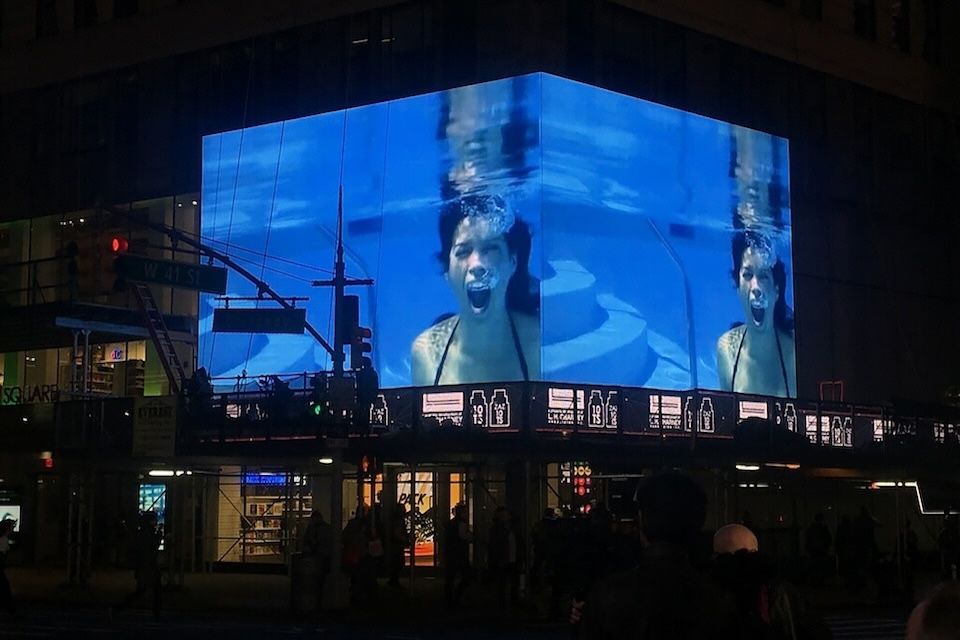
“I Scream, Therefore I Exist,” video installation billboard at 10 Times Square, 2019
Pier Carlo: What piece along that journey proved to have the most salient lessons for you as you were developing your craft?
Antonia: Well, that’s the interesting thing about performance art, that there really is no manual on it. It’s like this kind of work where, how do you show it? How does it live on? How do you sell it? All of these things. There’s so many question marks to it. And I would say over time, I started learning really how to capture it.
Pier Carlo: Because when you say sell, the only way to sell performance art is through the capturing of it, right?
Antonia: Yeah. Well, and even that, people often say it’s documentation, but I never use that word with my work because I’ll shoot something in like 4K. And I’ll sometimes redo a performance just for video. So I make video work. Also, if you’re thinking about a live performance, I’m thinking about how people are walking around the space and how they look up and down, and that’s totally different from video art, where you’re just looking at the frame. All I’m doing is composing within that 16-by-9 frame. So it’s different how I think about my approach to each project when I start work or show it.
One of the last ones was when I walked on and fell in this frozen lake in Lake Champlain, VT. I flew up my whole crew to Vermont, and then we’re out in the middle of this frozen lake. At that point, I had somebody working the video, and then I had another person shooting photo, because a video still isn’t such good quality and I just don’t like that, so then I have a separate photographer. It’s all these different things that you learn about how to capture it and then how to show it afterwards. I would say that one is how I learned the most. And then how you install it.
Pier Carlo: Did you have people looking out for your safety?
Antonia: Yes.
Pier Carlo: How much rehearsal goes into a piece like that? Well, you can’t rehearse falling into a frozen lake. That can only happen once. But how do you prepare for that?
Antonia: Well, the safety part of it is a huge piece of the research. I practice sometimes for months, and I’ll never do everything until all the components, until the day of, because what I like about performance art is that anxiety that you get. I find the more anxiety I have, the more it’s felt by the audience, and so I like not knowing what is going to happen per se, even though I’ve practiced all the components in my head so many times.
Before, it used to just be me and my tripod and my studio and that was it. Now sometimes I have a whole group of people out on the frozen lake, and it’s my responsibility to make sure they’re all safe too. In that instance, I just started talking to as many people as I could and just asking lots and lots of questions. I realized for that one that we needed ice divers in the lake in case the lake broke and we all fell in. That was our safety for that one. But each project is so different.
Pier Carlo: How big a crew did you have on that project?
Antonia: Five people plus myself. Five people are my team. And then the ice divers.
Pier Carlo: What fascinates me about your work is that not only do you research the heck out of your subject matter, but also you have to, as we’ve been talking about, research your materials and your process. What do you particularly love about that? And what have you learned about your own capacities through that kind of research?
Antonia: Yeah, there’s a lot of different research. For me, I have to think about safety, which I don’t think most artists think about in their research practice. Then I have to think about how to make these things. Because I’m a poet, I just get ideas, and then I have to work backward and figure out how to make the thing, so it’s always like a puzzle piece. That’s one big part of it.
As for the research and the materials, I think I’ve realized more and more that I used to just think about the ideas and then kind of move forward. But now I try to think about, like, barricades. I’ve been working with barricades for years, but now I look back to the whole history of barricade. Where was the first barricade ever? The word barricade means barrel in French. So, yeah, “To the barricades!” That whole idea. So, yeah, now I am thinking about research a lot as I move forward. It’s changed.
Pier Carlo: I love to talk in this podcast about systemic reinvention, particularly post-pandemic. I wonder if you can think of any current systems that could really be reexamined or reshaped so that you and performance artists like you would find it much easier to bring their art to the public.
Antonia: How could artists bring their work to the public? I think it’s hard because for artists, sometimes it feels like you have to do everything. You have to stay in a place where you’re inspired to make good work and feel good to make good work. And then you have to make it. You have to get the funding for it and then make it and then find a place to show it, and then you have to promote it. All the things. So, if there was somehow to help artists with all those steps … .
There’s a meme that goes around where it’s like, “I am my own publicist, my own website designer, my own fabricator, my own this, my own that, my own everything.” But that you learn along the way. And as you get bigger, I think you can outsource some of that stuff.
Pier Carlo: Well, you figured it out. Do you see other talented colleagues who falter, in that they’re great artists but they don’t have the know-how to tackle the other things you’re talking about?
Antonia: Yeah. I mean, it is a little tiring sometimes to do all of that. But I actually like doing all of that. I like outsourcing it too [she laughs], but I do like doing a lot of it. Yeah, I think for artists, you should just ask around at how other artists have their systems, and you learn from each other about how they handle different things. “What do you use for this? And what do you use for that?” That’s an invaluable resource, I always think.
But just more grants for artists. I would say at the end of the day, that’s the most helpful thing for an artist.
Pier Carlo: I know one of your inspirations for your barricade pieces was the Hong Kong protests. As we know, so many of those people either had to flee Hong Kong or were imprisoned. And then of course, we know what’s happened in terms of reproductive rights in Florida. So I want to talk about if and how you maintain a practice of hope. You talked about how you like to put rage into your work, but is there a way you take care of yourself through that?
Antonia: Yes. I mean, I do think a lot of my work, and this is a mantra of mine, is ecstasy and anxiety. I read the newspaper every day, and I have this sort of anxiety, but then in my day-to-day world, it’s so full of hope and joy and the people I work with are so great and I get to be an artist. That’s just a dream for me. It’s my passion, it’s my calling. And so I think life is always this balance between ecstasy and anxiety. I think that’s where I land on that, in the middle.
I heard an interview the other day with Gloria Steinem, and they were asking her, “So, you’re here. You’re fighting for women’s rights, all these injustices against oppression. But every picture I see of you, you’re laughing. How is that?” And she’s like, “Well, you can’t force a person to laugh. That is true autonomy: laughter.” I’m on the board of Planned Parenthood. The people there are some of the most exceptional people I’ve ever worked with, and I find so much joy when we work together. It’s that community, I think, that fuels my work or gives me self-care too, I would say.
Pier Carlo: Thinking back to when you first started diving into performance art when you were at The New School, if you could go back and whisper something in Antonia’s ear at that point, what do you think might’ve been most useful?
Antonia: I don’t think I would’ve said anything, because if I would’ve said at that point, “Drop out and maybe just study art or something,” then I wouldn’t have gotten to where I am now. And I like all of the turns that I’ve taken, from poet to performance to photography to video to sculpture to sound. It’s been fun. I’ve learned along the way.
Pier Carlo: It does sound like you love to surprise yourself.
Antonia: Yes, I do. Another one of my mantras is “Be daring and insightful.” I try to take as many risks as I can. And even if that means starting a project where I know nothing about what I’m doing [she laughs], I know that I’ll learn a lot in that process.
Pier Carlo: Can you talk about an upcoming project, maybe a project that’s in the research phase at this point?
Antonia: Well, I’m working on a piece now. It’s almost done, but it’s still in the research phase, I would say. I have been noticing laser pointers found in resistance movements. Protesters are now using laser pointers as a way to avoid facial-recognition technology. In Hong Kong they were using them. It started in Egypt in 2024. And then they were using them in Hong Kong, especially to avoid scrambling facial recognition technology.
Pier Carlo: So, you wave a laser pointer in front of your face, basically?
Antonia: No, no, you can point it at a drone.
Pier Carlo: Oh, I see.
Antonia: Or at a camera sensor.
Pier Carlo: Any kind of surveillance apparatus. Gotcha.
Antonia: These are pointers that are used in boardrooms to point at a board. Or to play with your cat. And now protesters are fighting in these very asymmetrical systems of power where they’re up against riot police and they have a cat laser in their hand to defend themselves. It’s really incredible. And in Chile and South America, they use them against a really oppressive police system. The protestors there actually won, and now they’re rewriting the country’s constitution. I just think this is the ultimate way of subverting this technology that was actually developed by the military to now be back in the hands of these protesters.
But the thing about them … I look at images from protests — because the barricades and a lot of my work is looking at images of protest — and I started seeing these images of these protesters with these laser pointers in their hands. And I was like, “Whoa, this is weird. Does anybody else think this looks like a rave? This is the weirdest aesthetic that I’ve ever seen! Is this what protest is going to look like in the future?” I started Googling all the headlines for this, and it was like, “Protesters put on laser light show.”
Then I found one from Vox that actually said, “Does anybody else think that the Hong Kong protests look like a rave?” And it said that protesters put on a light show to rival any rave. I was like, “Whoa, this is so weird.” Then I started looking at similarities between protests and raves. Then I commissioned a musician, and they have written an audio score for me that takes all found protest audio and then sets it to 128 beats per minute, like EDM music. And I have programmed these laser lights to go to this audio. It’s an immersive installation of sound and light.
Pier Carlo: Oh, wow. And where are you going to put it up?
Antonia: This is in the works.
June 10, 2024
